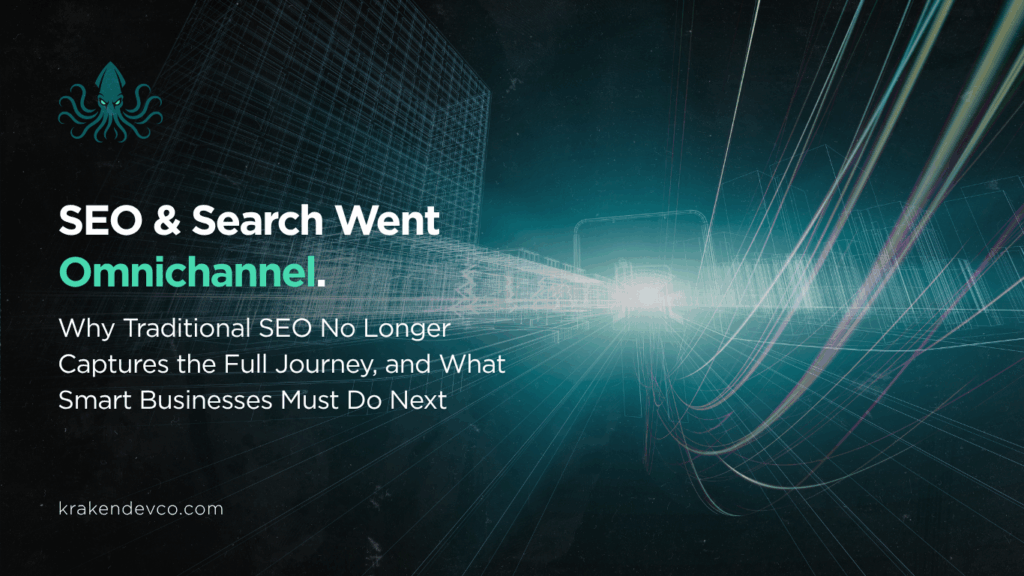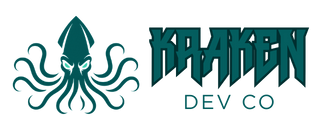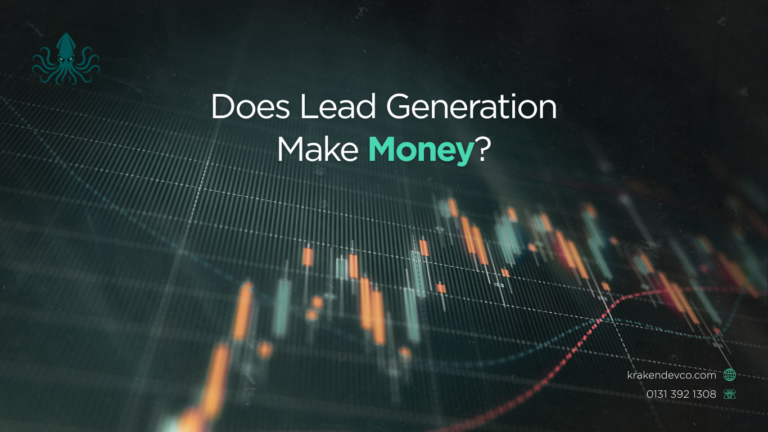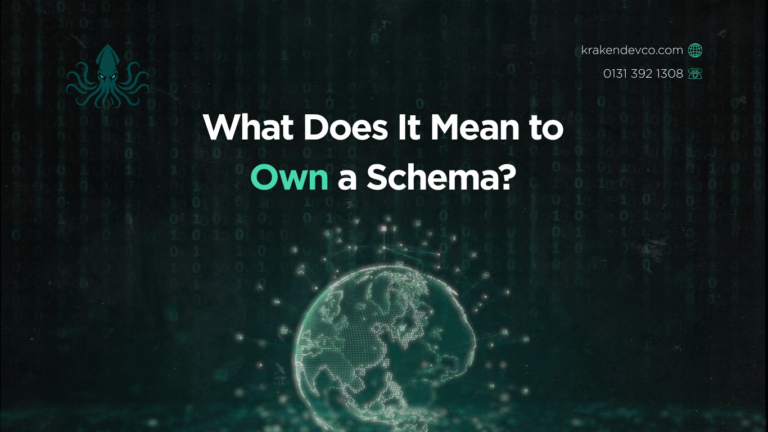
SEO & Search Went Omnichannel.
Why Traditional SEO No Longer Captures the Full Journey, and What Smart Businesses Must Do Next
For decades, Google was synonymous with search. It still dominates, but cracks are forming. Consumer behaviour is fragmenting across privacy-first platforms, niche engines, and AI-powered tools. While traditional SEO strategies have relied on Google’s algorithmic signals, that model is now too narrow to capture the entire funnel.
For business owners aiming to grow in competitive sectors, this shift signals both a warning and a massive opportunity. Adapting to the broader, evolving search landscape is no longer optional. It is critical to staying visible, attracting leads, and converting at scale.
Traditional Search: The System That Once Worked
The traditional search ecosystem has always been keyword-led, driven by Google’s algorithm, user data tracking, and behavioural modelling. Pages were ranked by relevance and quality signals, but heavily influenced by bidding wars for paid space.
However, it has grown increasingly rigid:
- Over 80% of users are now concerned about privacy, actively avoiding platforms that track them. (Exploding Topics)
- 59% of users do not look beyond the first result page, and 19% scroll only to the bottom without clicking. (Backlinko)
- Platforms prioritise broad keyword targeting, often failing to reflect nuanced buyer behaviour. (Search Engine Land)
The result? A decline in user trust, rising ad costs, and diminishing returns on traditional SEO campaigns.
The Rise of Alternate Search Platforms: What’s Actually Happening
According to SitePlug’s 2025 study, around 2.5 billion users have already shifted to alternative search methods. These include:
- AI-powered tools like ChatGPT and Perplexity
- Browsers like Brave, Opera, and Vivaldi
- Domain redirection platforms
- Buy Now Pay Later (BNPL) apps like Klarna and Zilch
- Keyboard search apps and smartphone launchers
Why does this matter?
Because users are no longer confined to one search gateway. And businesses that cling solely to Google risk vanishing from the decision-making moment.
AI and Natural Language Interfaces: The New SEO Frontier
AI interfaces are replacing keyword hunting with intent understanding.
Younger demographics, particularly Gen Z and Millennials, now prefer conversational and intuitive platforms. Tools like ChatGPT, Microsoft Copilot and Claude are being used not just to find answers but to shape decisions before a browser is even opened.
This requires a fresh approach to content optimisation:
- Structured data (schema) becomes foundational. Without it, AI models may ignore your pages entirely.
- Conversational content needs to simulate natural Q&A patterns, not just rank for static queries.
- Topical authority, built across semantically related terms, is now more powerful than exact-match keywords.
AI doesn’t crawl. It infers.
SEO must adapt to serve this inference engine, not just a crawler.
Understanding the “Omni Search” Consumer
Browsers remain the largest alternative search entry point, with 1.2 billion users. ( Source:SPL_2506_ByndSearch)
Platforms like Opera and Brave offer built-in ad blockers, VPNs, and cookie protection. They appeal to privacy-first consumers, those who will never click your Google ad, no matter how targeted.
Meanwhile, keyboard apps and BNPL platforms offer embedded search. Users search as they type or shop, bypassing traditional engines entirely.
Segmented search now looks like this:
| Platform Type | Primary Demographic | Use Case |
| Brave / Vivaldi | Male, 25–34 | Privacy-focused browsing |
| ChatGPT / Perplexity | Gen Z, AI-native | Conversational search |
| Bobble AI / Tappa | Younger, mobile-first | Typing + contextual discovery |
| Klarna / Afterpay | Ethical buyers | Retail search during purchase |
If you are not visible where these users search, your funnel has a hole.
Declining ROI on Traditional SEO: The Hidden Cost
Rand Fishkin, co-founder and CEO of SparkToro, summed it up well:
“If you see your search traffic dropping… diversify your digital marketing places that aren’t just sending traffic but are influencing your potential customers.”
From a business outcome perspective, here’s why this matters:
- Ad costs on traditional platforms are rising, eating ROI margins.
- Your most valuable audiences are using tools that never see your PPC ad.
- Keyword-first strategies no longer reflect how real people search.
In short, SEO built for 2015 can no longer deliver in 2025.
How to Build SEO for the New Era
This is not about abandoning Google. It is about widening your net with the right strategy. Here’s how:
1. Invest in Entity-Based Optimisation
Search engines and AI tools alike now prioritise who and what you are, not just what keywords you target.
- Use structured data (schema) to signal topics, people, products and reviews.
- Build interlinked content clusters around core themes.
- Ensure consistency across platforms, from your website to your Google Business Profile to LinkedIn and beyond.
2. Create Content for Multiple Interfaces
Yes, still write for Google. But also write for AI.
- Include natural Q&A format for AI tools.
- Target featured snippets, People Also Ask, and FAQ-rich content.
- Optimise voice search by simplifying sentence structure and clarity.
3. Leverage Alternate Platforms
Expand your strategy to channels users are actually using:
- Optimise for Brave and Opera by testing how your site appears there.
- Track traffic sources by device and app context, not just traditional referrals.
Case in Point: Aligning SEO and PPC with User Intent
Recent industry benchmarks highlight the critical need for businesses to align their SEO and PPC strategies with user intent to maximize conversion rates.
- E-commerce: The average conversion rate for e-commerce websites ranges between 2% and 3%, underscoring the importance of targeting users who are ready to make a purchase. (promodo.com)
- Travel and Hospitality: This sector typically experiences higher conversion rates, averaging around 3.55% for search ads, indicating that timely and relevant content is key to capturing potential customers. (t-f-a.co.uk)
- Finance and Insurance: With conversion rates averaging 5.1% for search ads, it’s evident that reaching users at the moment they seek financial solutions is crucial. (matomo.org)
These figures demonstrate that businesses must focus on delivering content and advertisements that meet users at their point of need. By understanding and targeting user intent, companies can enhance their visibility and effectiveness across various platforms.
In the evolving digital landscape, where AI-driven search and alternative platforms are becoming more prevalent, adapting SEO and PPC strategies to align with user intent is not just beneficial, it’s essential for sustained success.
Addressing Business Owner Concerns: Budget, Complexity and ROI
Let’s be direct.
Concern: “I don’t have time to learn 20 platforms.”
Reality: You don’t need to. But your marketing partner must.
Concern: “Is this worth the extra spend?”
Reality: Yes, because the cost of not adapting is hidden, missed leads, weaker conversions and slower growth.
Concern: “This feels too experimental.”
Reality: Over 2.5 billion users are already there. This is not an experiment. It is a behavioural shift.
What to Do Now
If your SEO strategy still looks like it did three years ago, you’re missing where half your audience now lives.
Here’s a checklist for forward-facing businesses:
- Audit your visibility on alternative platforms (browsers, AI tools, mobile interfaces).
- Integrate structured data and conversational content across your site.
- Explore privacy-first platforms and embedded search tools.
- Partner with experts who specialise in omni-channel SEO and lead generation.
Business outcomes come from relevance and reach. In today’s fractured search world, you need both.
It’s Not Just Search, It’s Strategy
Search hasn’t disappeared. It’s expanded.
While many businesses are still trying to optimise for 2015 Google, their audiences have already moved on—to voice interfaces, privacy-led browsers, AI tools, and app-based discovery. The buyer’s journey no longer begins and ends in a search bar. It zigzags across touchpoints, guided by convenience, trust, and relevance.
This isn’t a trend. It’s the new normal.
If you’re treating SEO as a static checklist, keywords, meta tags, backlinks, you’re not just underperforming, you’re actively leaking leads. Your future customers are still searching, just not where you think. They’re speaking to AI. They’re swiping through embedded search. They’re making decisions before your ad ever loads.
The businesses that will lead in the next five years aren’t necessarily louder, they’re sharper. They show up where it counts. They invest in visibility, not vanity. And they recognise that effective search strategy now means orchestrating multiple channels, not just tuning one.




